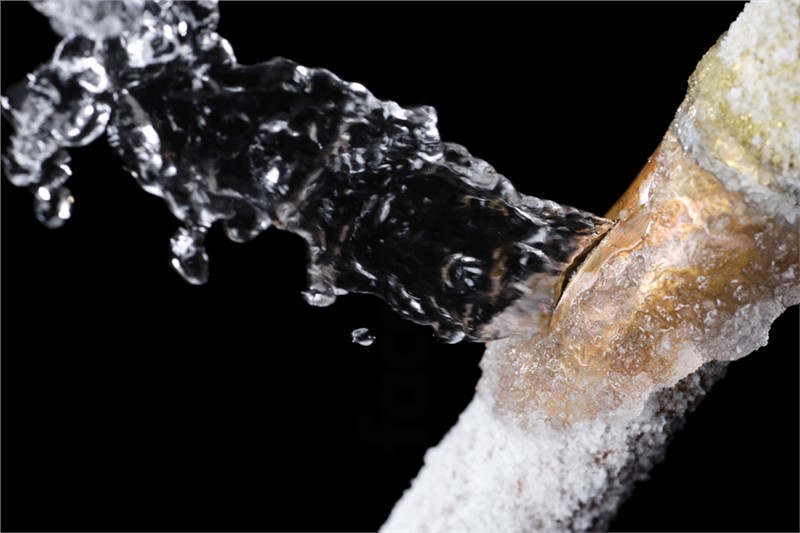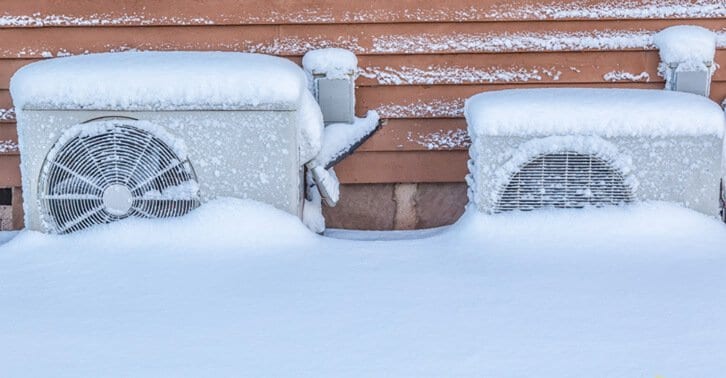Troubleshooting a Frozen AC Pipe - Effective Fixes for House Air Conditioning Systems
Troubleshooting a Frozen AC Pipe - Effective Fixes for House Air Conditioning Systems
Blog Article
How do you really feel on the subject of Why Is Ice On My Outside Air Conditione?

Intro
Discovering that your air conditioner pipe is frozen can be concerning, especially during hot summer months when you rely on your a/c unit the most. Comprehending what to do in such a scenario is vital to avoid additional damage to your cooling system and guarantee your convenience inside.
Recognizing the Causes
Numerous aspects can add to the freezing of an air conditioning pipe. Understanding these reasons can aid you attend to the problem successfully.
Absence of Airflow
One usual root cause of a frozen air conditioning pipeline is inadequate air movement. When the air flow over the evaporator coil is restricted, it can create the coil to go down below freezing temperature, leading to ice formation on the pipeline.
Low Refrigerant Levels
Insufficient cooling agent degrees in your air conditioning system can additionally lead to a frozen pipeline. Reduced cooling agent degrees can cause the stress in the system to drop, leading to the cold of wetness on the evaporator coil.
Cold Weather Conditions
In cooler climates, freezing temperatures outside can contribute to the freezing of AC pipelines. If your a/c system is not effectively insulated or if there are leakages in the ductwork, cool air can infiltrate the system, triggering the pipe to ice up.
Dirty Air Filters
Filthy or blocked air filters can limit air flow in your AC system, bring about different concerns, including a frozen pipe. It's vital to replace or cleanse your air filters consistently to guarantee proper air flow and prevent ice build-up.
Indications of a Frozen Air Conditioner Pipe
Acknowledging the indicators of a frozen a/c pipe is vital for prompt activity.
Reduced Airflow
If you see a considerable decline in airflow from your vents, it might show a frozen pipeline.
Ice Buildup on the Pipe
Noticeable ice buildup on the refrigerant line or the evaporator coil is a clear indicator of an icy air conditioning pipe.
Strange Sounds from the Unit
Uncommon sounds, such as hissing or gurgling, coming from your AC system can indicate that there's ice present on the pipeline.
Immediate Actions to Take
When confronted with an icy air conditioning pipe, it's essential to act swiftly to stop further damages to your air conditioning system.
Switching off the AC
The first step is to switch off your air conditioning system to prevent the system from running and intensifying the issue.
Looking for Blockages
Evaluate the location around the interior device for any kind of blockages that may be obstructing air movement, such as furnishings or drapes.
Thawing the Pipe
You can utilize gentle approaches like placing towels taken in warm water around the icy pipeline to help thaw it slowly.
Preventive Measures
Taking safety nets can assist avoid future occurrences of an icy AC pipeline.
Normal Maintenance Checks
Arrange regular upkeep talk to a professional HVAC technician to guarantee that your air conditioning system is running effectively.
Changing Air Filters
On a regular basis change or clean your air filters to prevent air flow limitations and maintain optimum performance.
Insulating Exposed Pipes
If your air conditioning pipelines are revealed to cold temperature levels, take into consideration shielding them to stop cold throughout winter months.
Seeking Professional Help
If DIY approaches stop working to resolve the issue or if you're unsure about exactly how to proceed, it's best to look for aid from a certified HVAC service technician.
When DIY Methods Fail
If your efforts to thaw the pipe or address various other issues are not successful, it's time to call a specialist.
Value of Hiring a Professional HVAC Technician
A certified HVAC service technician has the knowledge and tools essential to identify and repair problems with your AC system securely and effectively.
Verdict
Handling an icy a/c pipe can be a discouraging experience, but knowing exactly how to react can help reduce damage and recover comfort to your home. By recognizing the causes, recognizing the indicators, and taking punctual action, you can properly resolve the issue and protect against future occurrences.
What to Do If Your AC Line Is Frozen
Make Sure All Supply and Return Air Vents Are Open
If you notice problems with airflow, the first thing you should do is check your supply and return vents. Supply vents distribute clean, conditioned air throughout your home. As this air becomes stale, it’s pulled into the return vent, where it’s reconditioned before being sent back out through the supply vent.
When these vents are closed, air won’t flow in the home. Before examining your AC, check the vents in every room and ensure they’re all open.
Check for a Dirty Air Filter
Another possible cause of limited airflow is a dirty air filter. Your air conditioner’s filters catch elements you don’t want to breathe in, such as dirt and dust. Over time, filters can become clogged, ultimately blocking air from flowing in and out. The lack of airflow can then cause the entire coil to freeze and will completely restrict any air from moving through it. The AC may need to be powered off for one to two days to allow the coil to thaw after replacing the filter to allow proper functioning of the unit. This debris can also accumulate on your AC’s evaporator coil, requiring a more serious repair. In general, air filters should be cleaned regularly (about every two weeks).
Assess Your Outdoor Unit
In addition to checking your AC, assessing the outdoor unit is a good idea. Also known as the condensing unit, it works with your interior unit to release heat outside. An issue with the outdoor unit can result in rising internal temperatures.
Overgrown Shrubs or Clogged Leaves
From leaves and twigs to shrubs and debris, there’s no shortage of outdoor elements that can accumulate around your condensing unit. When these elements get lodged inside the unit, they can block airflow. Fortunately, removing the blockage can solve the problem.
Sounds of a Broken Fan
Shrubs and leaves aren’t the only things that can impede your outdoor unit’s airflow. If the fan is broken, the unit won’t be able to properly get rid of heat — which means the internal temperature won’t go down. First, make sure the fan is spinning. If it is, check for the following sounds of a broken fan:
Buzzing Rattling Screeching Hissing Clicking Preventative Measures
Nobody wants to deal with a frozen AC line. In addition to causing problems with your air conditioner, they require professional repairs. On the bright side, there are preventative measures you can take to help ensure this issue doesn’t arise in the first place.
https://www.coopergreenteam.com/blog/what-to-do-if-ac-line-frozen

We were guided to that editorial about What Causes AC Pipes To Freeze? from an acquaintance on our other web address. Liked our entry? Please share it. Help somebody else discover it. Thank you for your time. Kindly check our website back soon.
Visit My Website Report this page